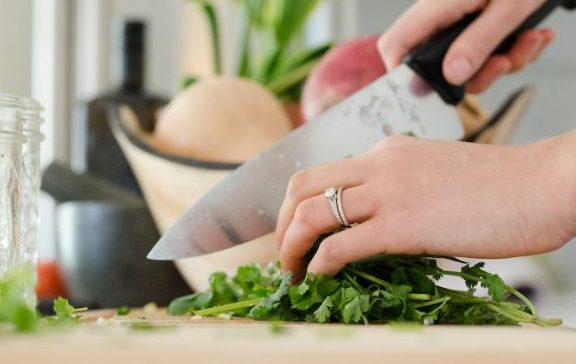
Want Out of A Food Rut?
Prep Smart to Eat More Variety
If your meals have been stuck on repeat lately, you’re not alone. Learning how to eat more variety – especially after 40 – is one of the most powerful, underrated ways to support energy, digestion, hormones, and mood. Let’s look at why variety matters and how to bring more of it to your plate with ease.
.
Why Eating More Variety Matters After 40
Many women hit their 40s and realise their meals look exactly the same – day in, day out. And while there’s comfort in routine, eating the same foods regularly can limit your nutrient intake and blunt your appetite for healthier options.
In fact, 6 out of 10 people in the UK say they eat the same meals every single day (YouGov, 2021). In lower-income households, daily vegetable and fruit intake has dropped – from 3.5 servings in 2005 to just 2.9 by 2011 (Defra, 2013).
When food fatigue sets in, so does the struggle to meet even the basic 5-a-day goal.
What Other Countries Get Right
A different way to think about food goals
Instead of obsessing over portion sizes, the Japanese government takes a different approach – encouraging people to eat 30 or more different types of food daily. That may sound like a lot, but many traditional Japanese meals include a wide variety of grains, vegetables, seaweeds and fermented foods. The focus on variety, rather than restriction, helps people build naturally nutrient-rich meals.
You don’t have to overhaul your entire diet overnight – but aiming for more colours, textures and food types throughout the week can make a meaningful difference.
Eating the same foods every day limits nutrient diversity, which can impact energy, digestion and even hormone balance in midlife.
How to Eat More Variety Without Overwhelm
Think back over the past three days. How many different foods have you actually eaten? Not meals – ingredients.
Most of us cycle through 15–18 different foods a week at most (CSIRO, 2019).
The good news? You can double that just by tweaking what you already eat.
Small additions – like a new herb, a spoonful of seeds, or swapping one grain for another – count just as much as full meal changes.
Plan Once, Prep Smart
Before any real food upgrade can happen, it helps to stock your kitchen well.
For example, my recent National Vegetarian Week escapades began with a single trip to the shops.
I loaded up on sweet potatoes, butternut squash, red onions, carrots, cauliflower, spinach, tomatoes, lettuce, herbs and store-cupboard staples like tins of chickpeas and kidney beans. Plus grains like buckwheat and quinoa.
From there, I batch-prepped what I could:
- Roasted most of the root veg
- Cooked some quinoa and rice
- Soaked and boiled dried beans
- Stored everything in glass containers (some went into the freezer)
Where Do Super-Nutrient Foods Fit?
A simple way to increase diversity and nutritional impact
When I want to pack even more nutrition into my week, I head to my local health store. That’s where I pick up:
- Spirulina
- Plant protein powder
- Lucuma
- Bee pollen
- Goji berries and mulberries
- Chia seeds
- Pumpkin seeds
- Cacao nibs
Are these essentials? Not always. But adding 1–2 nutrient-dense ingredients like these to your regular rotation can help you get more fibre, antioxidants, minerals and healthy fats – without a whole new recipe.
The Bottom Line
If you’ve been wondering how to eat more variety, start by choosing one day to try something new. Use this as a cue to stock up and prep smart.
Aim for small shifts and layer in foods you don’t usually eat – different grains, herbs, nuts and veggies all count. Your energy, digestion and hormones will thank you.

What’s one new food you’ll add to your meals this week? Share it in the comments – or tell me your favourite way to break out of a food rut.
Image credit: Bit245
